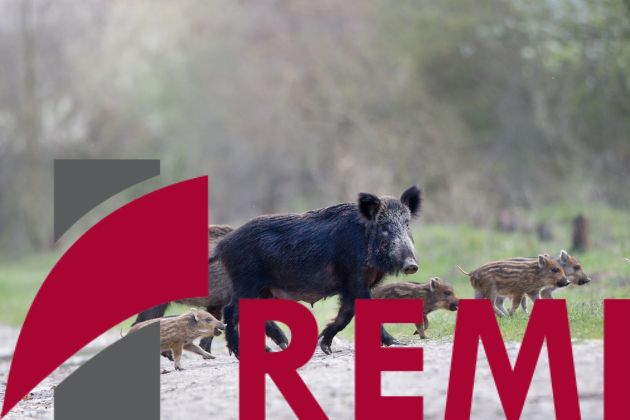
Click here to view the slides from this presentation.
Click here to view a recording of this presentation.
This webinar was presented by Lirong Liu, Ph.D. and Steven Shwiff, Ph.D. from Texas A&M University Commerce, and Stephanie Shwiff, Ph.D. from the United States Department of Agriculture.
This presentation will explore results related to a study examining the relative economic impact of ASF and CSF in swine and FMD in swine and cattle on the U.S. economy. An epidemiological disease spread model was used to predict the potential spread of these diseases. Spread results were then analyzed using REMI PI+ to estimate the relative economic impacts on the U.S. domestic economy and exports. Outbreaks started in locations with the highest risk of introduction tended to be small, frequently only infecting a few animals due to the disconnect between introduction risk and the presence of the livestock industry.
The overall economic impacts primarily reflected the results of import bans placed on U.S. products by other countries, which turned out to be consequential, inducing between three and four billion dollars in loss in gross domestic product (GDP) in the first year. The worst-case scenarios involved more than a fourth of the domestic cattle population in the case of FMD and almost the whole domestic swine population for the three diseases affecting swine. In the year of disease spread, the loss in GDP was estimated at $65 billion if both cattle and swine were involved, despite a government infusion of $7.5 billion for the euthanasia and disposal of slaughtered animals and cleaning and disinfecting of facilities.